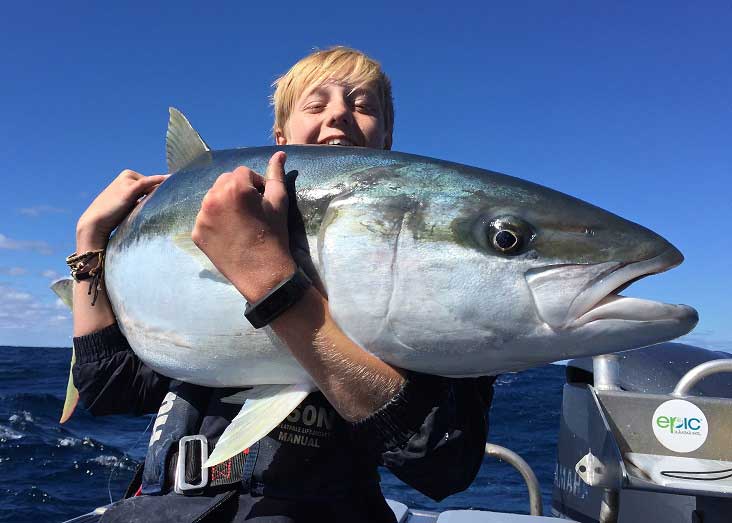luckydude
GreatGrady Captain
- Joined
- Jun 5, 2020
- Messages
- 1,379
- Reaction score
- 643
- Points
- 113
- Age
- 63
- Location
- Santa Cruz Mountains, CA
- Website
- mcvoy.com
- Model
- Seafarer
I was wondering about that. I looked at them but, I was also sent a site that does make them. It’s an interesting concept worth investigating. Thanks for the heads up.
If you find ones that look like they would work as well as Alan's please post. I originally thought Alan's would take up space in the cockpit but they seem fine.
There is a really good crew of kayakers in our waters, I've been watching Die Hard Fishing, Outdoor Chef Life, and others for a while. If I could schlep them down to some good fishing, that would be cool.






